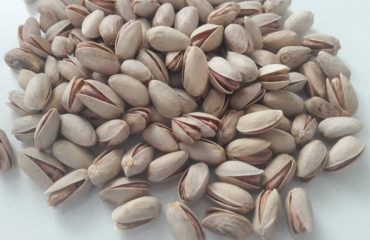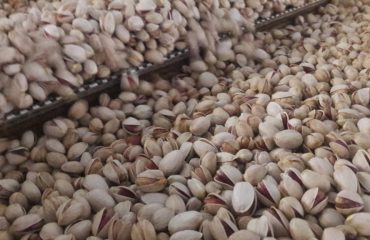Winter pruning of pistachio orchards
Pruning is one of the horticultural operations that, along with other operations such as irrigation, fertilizing and feeding, pest and disease control, provides and guarantees better and more fruit production. Pruning of fruit trees is done in two general ways according to the age of the tree:
The purpose of pruning is to create a strong and sturdy skeleton, a suitable and desired shape, to stimulate the growth of suitable branches to create a dense crown and to increase the growth rate of maintained branches. Form pruning steps should start from the first dormant season of seedlings planted in the garden and completed in the fifth dormant season.
Pruning of pistachio trees
Any operation performed on fruit trees during hibernation to cut off part or all of a tree branch is called fruiting pruning. The goal is to influence and guide the growth and fertility of the plant. Usually, two methods are used in pruning the fruit of pistachio trees:
1. Pruning of pistachio trees (Heading back):
It is the cutting of a part of the head or the upper end of the arm, branch and twigs of the tree, in which case the branch or twig and arm is stimulated from the incision and intensifies the growth of lateral buds.
2. Thin out pruning of branches of pistachio trees:
This method is to uproot the branch from the lower end, this method is done first to facilitate the penetration of sunlight and prevent the formation of shade in the tree, accelerate the growth of central fruit branches and fruit production, secondly to limit transverse growth The tree is done between the rows. This method of pruning does not have much effect on strengthening and stimulating lateral vegetative growth such as pruning.
Usually, in order to reduce the annual growth, the number of fruiting branches of pistachio is reduced to about half to 2.3 before the fruitful year, which strengthens the remaining branches, buds and flower clusters, as well as water and More nutrients are given to the flower buds that are being formed to produce next year’s crop, and ultimately has a positive effect on uniform crop production and increased production. This operation should be done during the hibernation season.




